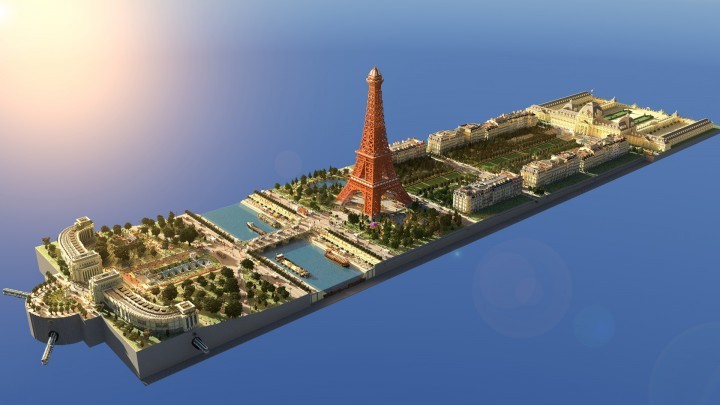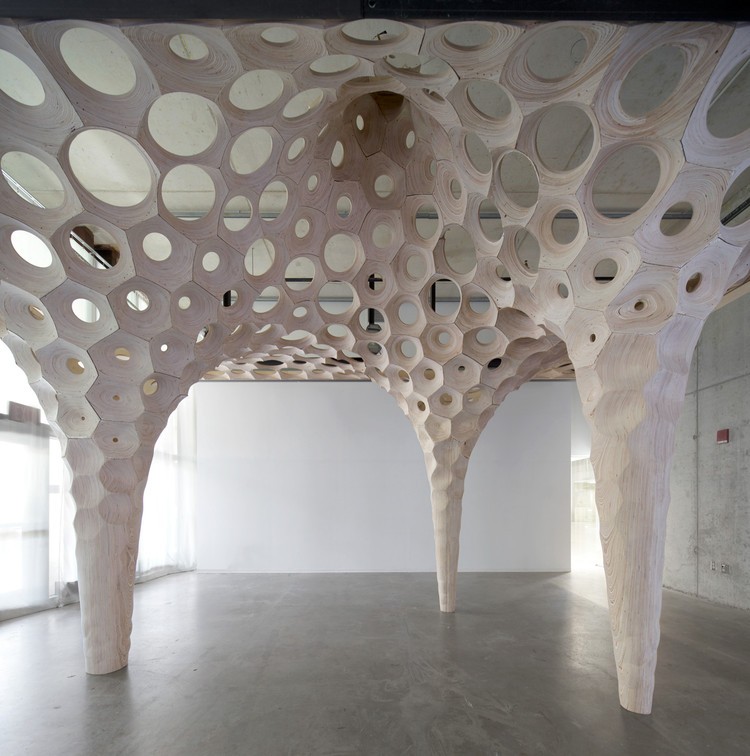
Unlike most American cities, which spent the 20th century radiating out into suburbia, Los Angeles befuddles outsiders because it doesn’t really have a definite center. The phrase “LA” is loosely used to refer to a collection of small yet distinct cities across the Los Angeles basin that grew together over time. Traditionally, a handful of these localities have been the cultural centers and tourist destinations (Hollywood, Santa Monica, Beverly Hills, Silverlake, etc). While these districts thrived, “downtown” sat largely neglected; its financial towers and retail spaces had severe occupancy issues for much of the 90’s and 2000’s. Ten years ago, downtown street life outside of working hours was virtually nonexistent.
That fate was largely the result of poor urban planning. The tragic destruction of the vibrant Bunker Hill residential neighborhood in the 1960’s created a series of vacant freeway-flanked “superblocks” intended for ugly, efficient modernist towers - many of which never reached fruition. To this day, the area is still plagued with empty lots. Developers and architects have considered downtown as a risky return on investment ever since.
DTLA wasn’t just the butt end of jokes (Family Guy: “There’s nothing to do downtown!”) it was treated with disdain. Even Frank Gehry said on record that he wished the Walt Disney Concert Hall had been constructed 12 miles away in Westwood (near UCLA). He went on to add that he felt the current attempted revitalization of downtown was: “both anachronistic and premature.” Ouch.














































